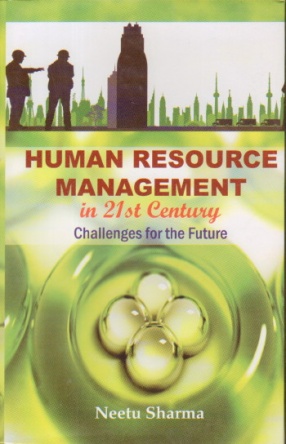This Short Introduction to Human Resource Management provides a concise treatment of the key elements of HRM using an innovative risk-management approach. It emphasizes the importance of the decisions processes and choices organizations make about managing people and shows how workforce management directly affects organizational outcomes. Designed specifically for students taking their first introductory module in human resource management, this textbook combines the academic and practitioner perspectives to produce a balanced introduction to the subject. This approach explores how HR is actually practiced and experienced in the workplace, which overcomes the idealistic and partial insights of many textbooks. By taking a truly holistic approach to the subject this text avoids the presentation of HRM as a separate management function and instead presents HR processes and challenges as an integral part of any business. It provides guidance for managers on how to make better human capital decisions in order to achieve strategic success more effectively.
Numerous examples in every chapter illustrate key points with real business cases from around the world. As instructors the ability to customize this book by changing, adding, deleting, and moving text around we are leveraging technology while making it beneficial for our students.
Contents: Preface. 1. Personnel management. 2. Human resource management. 3. Basic understanding about HRM. 4. Human capital management. 5. Role of the HR function. 6. Strategic HRM. 7. Human resource management policies. 8. Knowledge management and analyzing roles, competencies and skills. 9. Work and employment. 10. The employment relationship. 11. Trade union. 12. Organizational behavior. 13. Motivation. 14. Organization design and development. 15. Job design and role development. 16. Organization development. 17. People resourcing. 18. Talent management. 19. Introduction to the organization. 20. Performance management. 21. Strategic human resource development. 22. Organizational learning and the learning organization. 23. E-learning. 24. Management development. 25. Introducing the reward management system. 26. Strategic reward. References. Index.








There are no reviews yet.